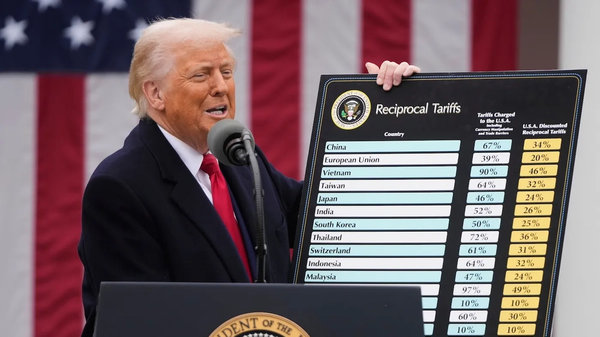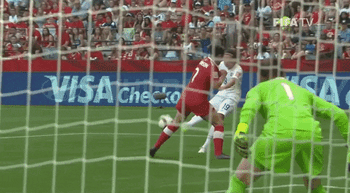Imminent U.S. trade tariffs have damaging effect on sports apparel industry

The GIST: The impacts of President Trump’s U.S. trade policy have officially gone from bad to worse. On Wednesday, Trump announced that the U.S. will apply a 10% baseline tariff on all imports, with a higher rate for nations that the U.S. considers to be unfair trade partners. Trump’s “reciprocal tariffs” proposal has created enough worrisome sentiment to spook the stock market.
- If Trump does impose the outsized tariffs as described, this will drastically raise the prices of goods imported from countries like Vietnam, which manufactures a significant amount of sports apparel from brands such as Nike, Adidas, On, and Lululemon. A rock in their shoe.
The context: Under the newly-proposed policy, goods from Vietnam would be subject to a 46% tariff. This is a substantial blow to manufacturers who have shifted production to Vietnam to avoid Trump’s extensive tariffs against Chinese goods during his first presidential term.
The retail impact: Trump’s announcement has already sent shockwaves through the market, with stocks plummeting in a matter of hours. Nike’s shares fell 14% yesterday, while On — which makes 90% of its shoes in Vietnam — saw shares tumble 16%. Both Lululemon and Adidas, which count the country as their top product supplier, watched shares drop about 10%.
The spending impact: These tariffs would most likely be passed on as higher prices for U.S. consumers who will probably still spend money on these top brands, but may be less willing (or able) to buy products as frequently.
- While this policy will cut into revenue and market valuations, it could also drastically reshape the landscape of leading apparel brands in the U.S. — perhaps boosting New Balance’s “Made In USA” line. Watch this space.
Enjoying this article? Want more?

Sign up for The GIST and receive the latest women's sports business news straight to your inbox three times a week

